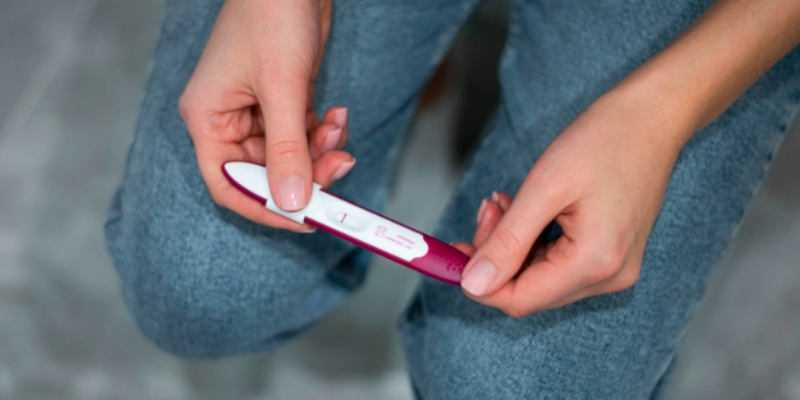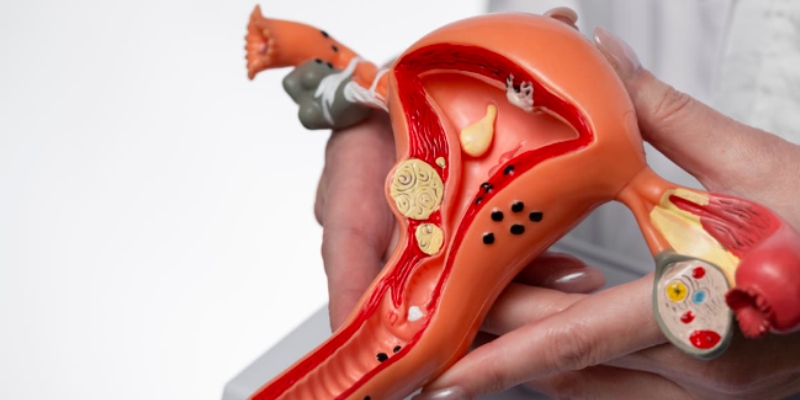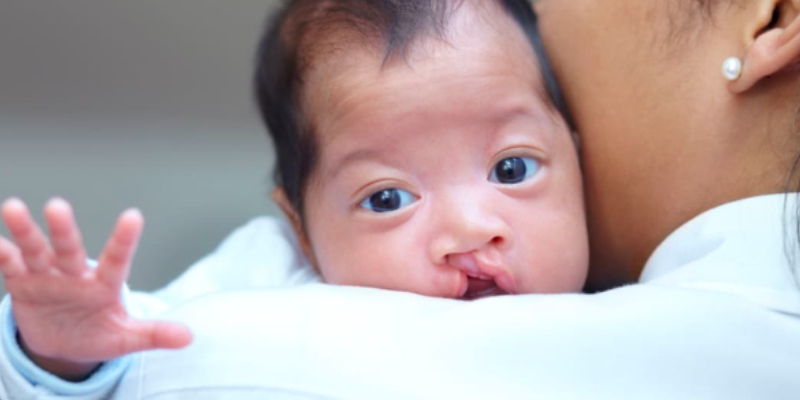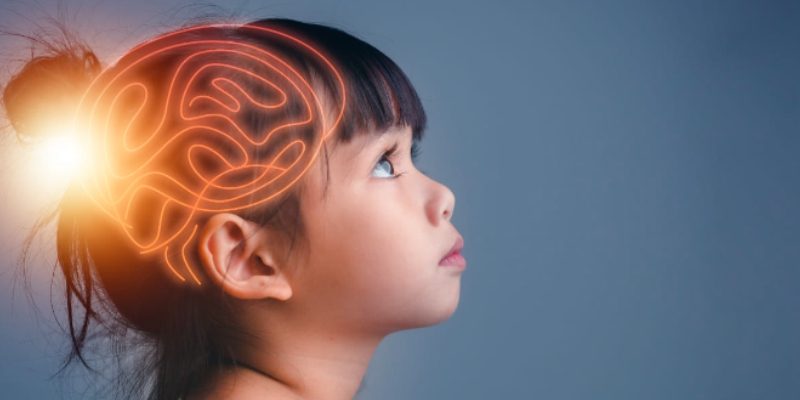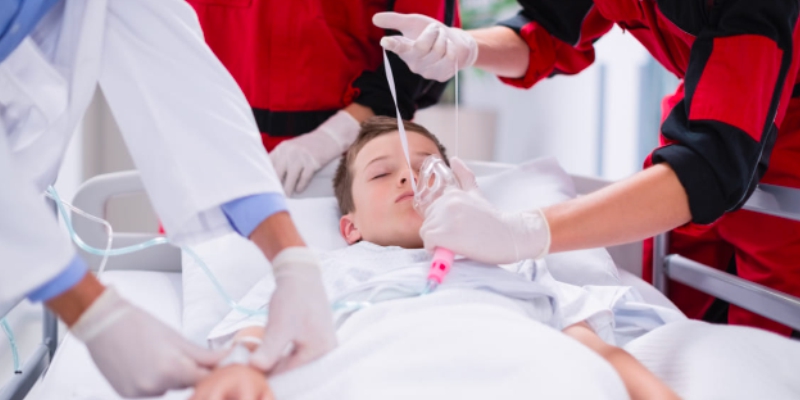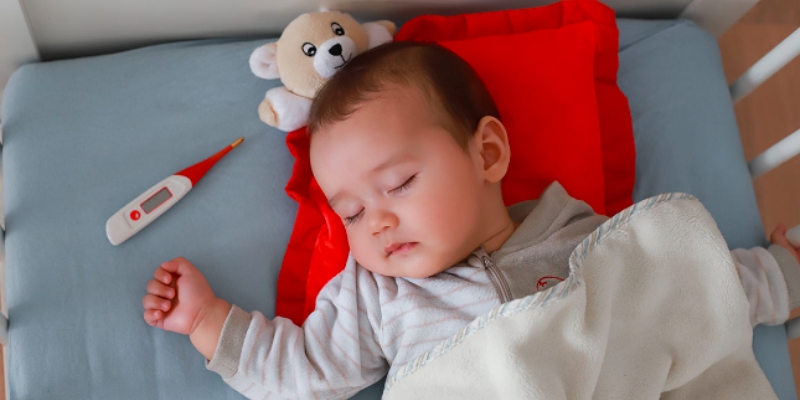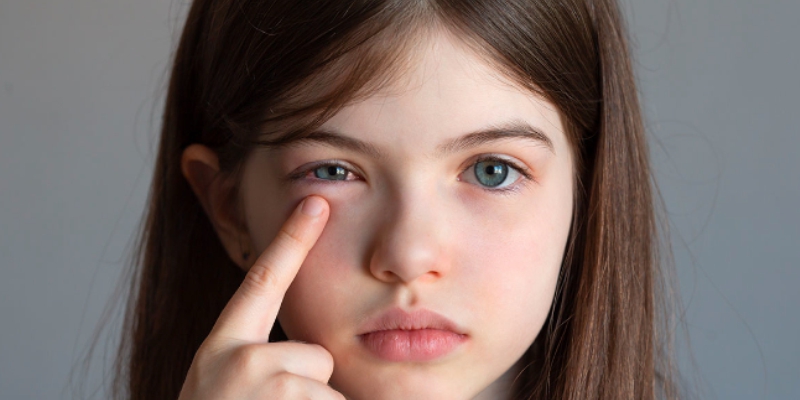Author – Dr Poonam Garg
Consultant – Obstetrician, Gynaecologist at Motherhood Chaitanya Hospital, Chandigarh
Infertility Signs to Look Out for in Women
Infertility is a common issue that affects couples all over the world. This is characterized by the inability to conceive naturally for over a year. According to Dr Poonam Garg, Obstetrician, Gynaecologist, and Foetal Medicine, the main symptom of infertility is inability to conceive for a long time. Some initial symptoms, however, may also appear that can influence infertility. Although common yet infertility can be treated. If you have been trying to conceive for a long time, visit best doctors for PCOS treatment in Chandigarh.
What is Infertility?
Infertility is a condition that causes you to be unable to get pregnant. It can affect several women. To understand infertility, you must first know the steps involved in conception:
- Your brain must produce reproductive hormones for effective ovarian function.
- An egg must mature in your ovary.
- Your ovary should release an egg.
- Your fallopian tube should pick up the egg.
- The sperms should travel up your vagina and through the uterus to the fallopian tube.
- The sperm must fertilize the egg to create an embryo.
- The embryo should travel to the uterus and implant itself.
A pregnancy cannot occur if any of these steps are hampered.
If you are younger than 35 years of age, the best PCO PCOD PCOS specialist in sector 43, Chandigarh will diagnose infertility after one year of trying to conceive. If you are older than 35 years of age, the doctor will diagnose infertility after six months of trying to conceive.
What are the Symptoms of Infertility?
According to the best doctors for PCOS treatment in Chandigarh, the common infertility symptoms in women are:
1. Irregular Periods
On an average, a menstrual cycle can last for 28-30 days. Some women have their periods every 28 days while the others have it after 30 days. The cycle may be different for some women with either 27 days or 32 days. Thus, a variation in days is normal. However, a frequent change in the days or inconsistent cycle or skipping your period altogether for a month is not normal. A menstrual cycle of less than 21 days or longer than 35 days is considered abnormal.
2. Painful Periods
A lot of women go through menstrual cramps during their periods. Some women experience cramps for a day or two during their periods which is usually bearable. For some women, however, the cramps may interfere with their daily activities. Moreover, they may also have heavy flow than normal. This condition is called endometriosis that can also be a reason behind infertility.
3. Hormone Fluctuations
A number of hormones have an impact on fertility. This includes:
- Follicle stimulating hormone.
- Thyroid hormone.
- Progesterone and luteinizing hormone.
- Prolactin-luteotropic hormone
A hormonal imbalance is also a prime reason for infertility. Symptoms of hormonal imbalance are:
- Acne and other skin troubles.
- Facial hair.
- Hair thinning on scalp.
- Unexplained weight loss or weight gain.
- Reduced sex drive.
4. Painful Sexual Intercourse
Sexual intercourse should not be painful. Pain, however, during sex may be caused by some underlying issues, including:
- Fibroids.
- Endometriosis.
- Sexually transmitted diseases.
- Pelvic inflammatory disease.
- Problems with cervix and uterus.
Infertility is a common and treatable condition given the symptoms are recognized in the early stages. It is important for you to monitor your symptoms and bring any change to your doctor’s attention. You can also consult Dr Poonam Garg at the Motherhood Hospitals for expert guidance.


 Toll Free Number
Toll Free Number







